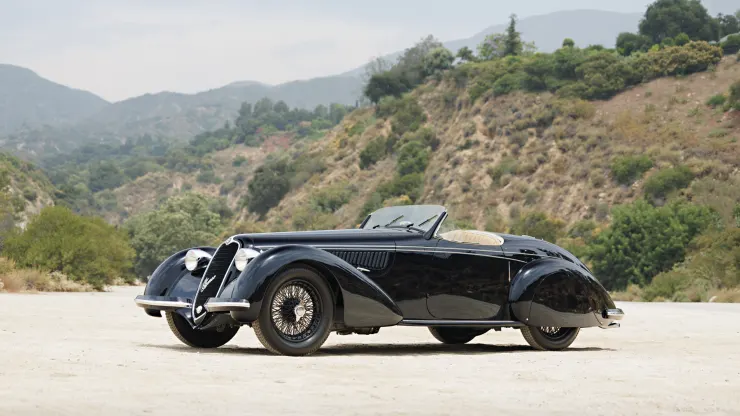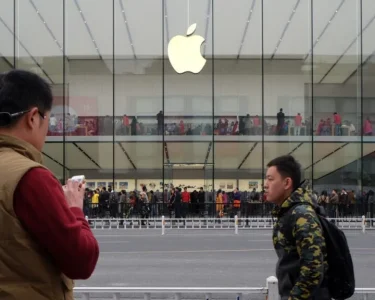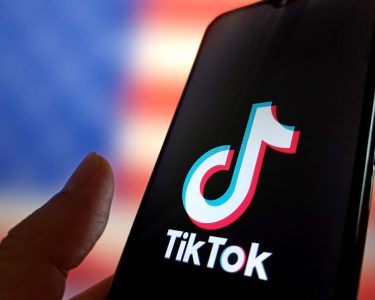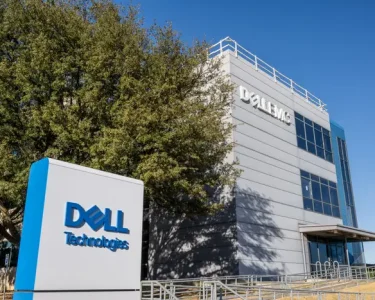Classic Car Sales: Monterey Car Week has long been a marquee event for classic car enthusiasts, with auctions often setting record-breaking prices for vintage vehicles. However, this year’s event revealed a shift in the market dynamics as sales of classic cars at the Monterey auctions stalled, reflecting a generational change in the collector car market. The new wave of buyers, who are younger and more tech-savvy, appears to be steering the market in a new direction, with implications for the future of classic car auctions.

Classic Car Sales: The Changing Face of the Collector Car Market
For decades, Monterey Car Week has been synonymous with the sale of rare and valuable classic cars, attracting collectors from around the world. But as this year’s auctions unfolded, it became evident that the traditional model of classic car collecting is being challenged by a new generation of buyers with different tastes and priorities.
The current generation of classic car collectors, many of whom are baby boomers, grew up idolizing muscle cars, Ferraris, and other vintage vehicles that evoke the golden age of motoring. These cars have historically dominated the auctions, fetching millions of dollars. However, the newer generation, which includes millennials and younger Gen Xers, is less enamored with these older models. Instead, they are gravitating towards cars that were popular during their youth in the 1980s and 1990s, such as Japanese sports cars and modern supercars.
Sales Slowdown Reflects Market Transition
The shift in buyer preferences was palpable at this year’s Monterey auctions. While some classic cars still fetched impressive prices, there was a noticeable slowdown in overall sales. According to auction results, many of the high-profile vintage cars failed to meet their reserve prices, and some didn’t sell at all. This trend suggests that the market for traditional classic cars may be softening as younger buyers take the reins.
Auction houses have started to take note of this transition. Companies like RM Sotheby’s and Gooding & Co., which have traditionally focused on pre-war and post-war European classics, are now increasingly featuring vehicles from the 1980s and 1990s in their catalogs. These cars, often referred to as “youngtimers,” are resonating more with the new generation of buyers, who view them as more relatable and accessible compared to older classics.
What’s Driving the Change?
Several factors are driving this change in the collector car market. Firstly, the generational shift means that many of the younger collectors have different emotional connections to cars than their predecessors. They are more likely to have grown up with posters of Lamborghinis and Porsches on their walls rather than the Ferraris and Aston Martins that dominated the baby boomer generation’s dreams.
Moreover, the financial aspect cannot be ignored. The prices of traditional classic cars have soared to such heights that they are often out of reach for younger buyers. In contrast, cars from the 1980s and 1990s are generally more affordable, making them more attractive to new collectors who are looking to enter the market without breaking the bank.
Technology also plays a significant role in this shift. The younger generation of collectors is more inclined to value modern features, such as advanced electronics and superior handling, which are often lacking in older classic cars. Additionally, this generation is more comfortable with online platforms and social media, which are increasingly being used for buying and selling cars. The digital age has made it easier for buyers to research, compare, and purchase vehicles without needing to attend physical auctions, further contributing to the decline in traditional auction sales.
Implications for the Future of Classic Car Auctions
The changes observed at Monterey Car Week could signal a broader transformation in the collector car market. Auction houses may need to adapt to the preferences of the new generation of buyers by diversifying their offerings and incorporating more vehicles from the late 20th century. This could mean a redefinition of what constitutes a “classic” car as the market evolves.
For traditional classic car enthusiasts, this shift may be met with some resistance. However, the influx of younger buyers and their preferences could also breathe new life into the market, introducing fresh energy and perspectives. As the definition of a classic car expands, the market could see increased diversity in the types of vehicles being traded, potentially leading to more dynamic and varied auctions in the future.
The Road Ahead
As the collector car market continues to evolve, it will be crucial for auction houses, collectors, and enthusiasts to stay attuned to the changing landscape. The rise of a new generation of buyers with different tastes and technological preferences is reshaping the market in ways that could not have been anticipated a decade ago.
While the slowdown in sales at this year’s Monterey auctions may be a sign of the challenges ahead, it also presents opportunities for innovation and growth. The collector car market has always been a reflection of the passions and values of its participants, and as new generations take the wheel, the market will undoubtedly continue to adapt and thrive.
For more insights into how technological advancements and generational shifts are impacting various industries, visit Digital Digest.




